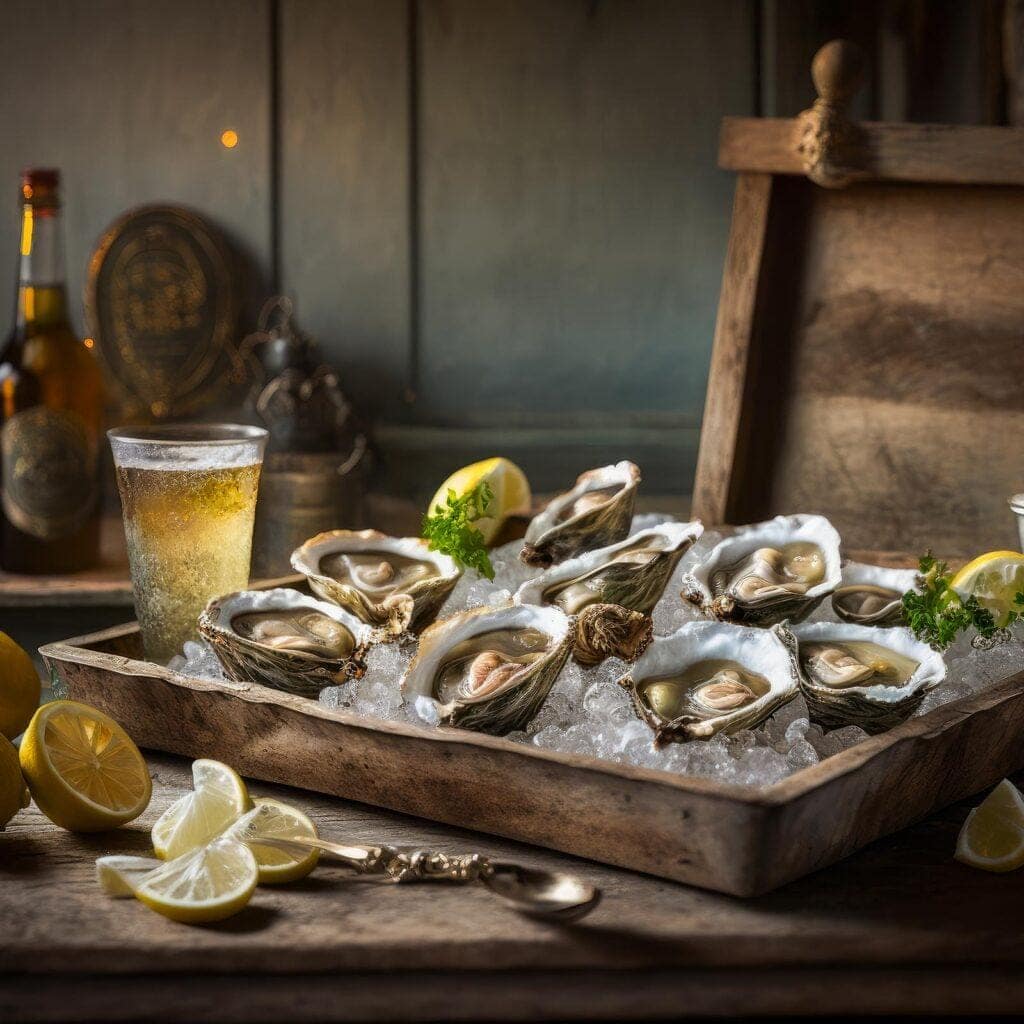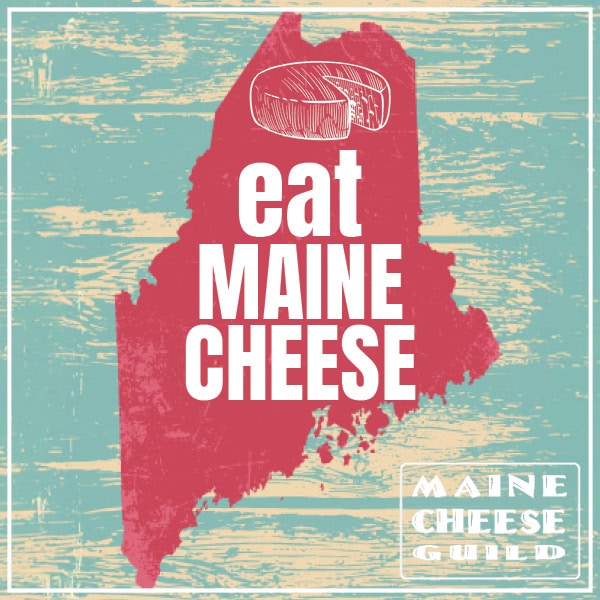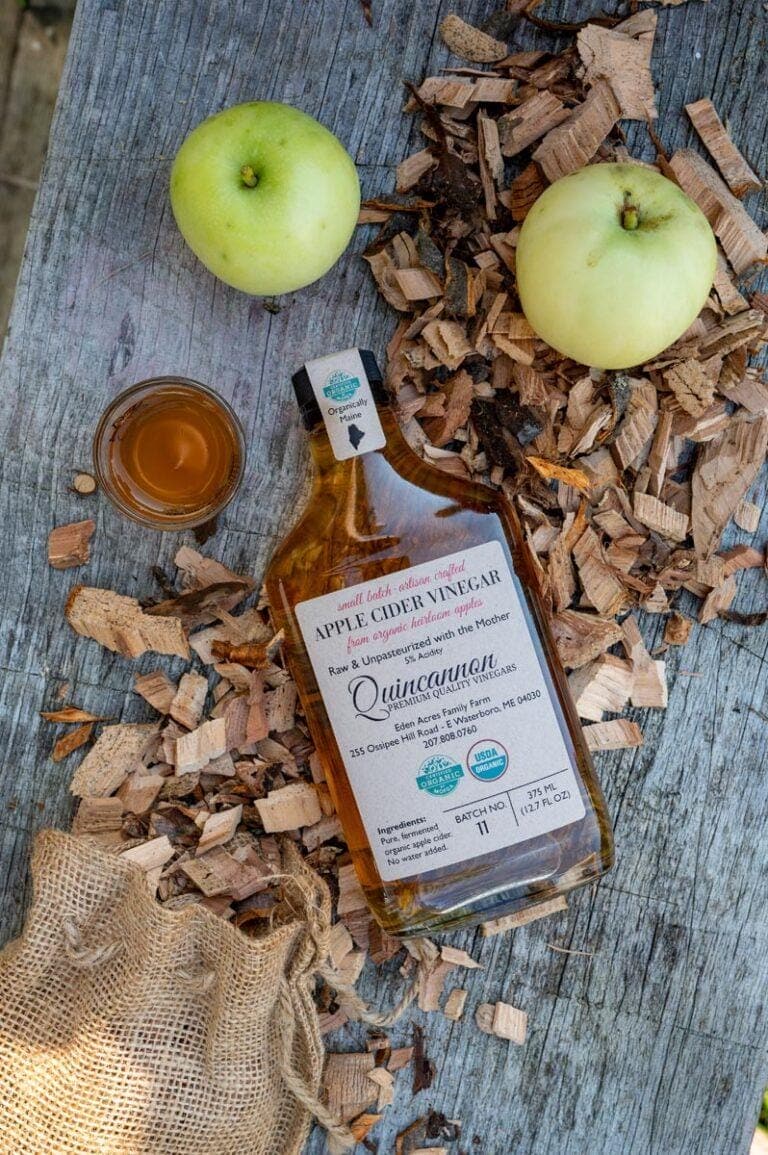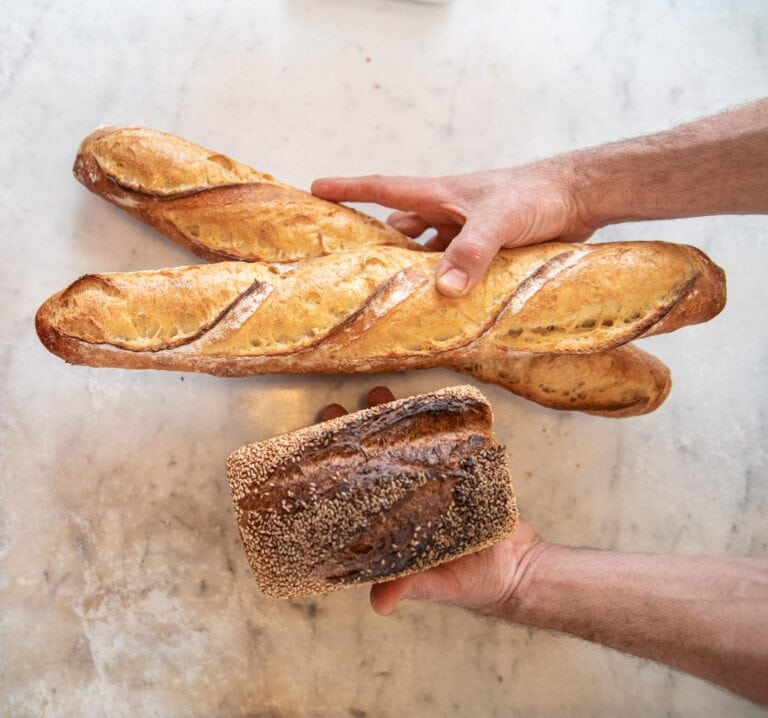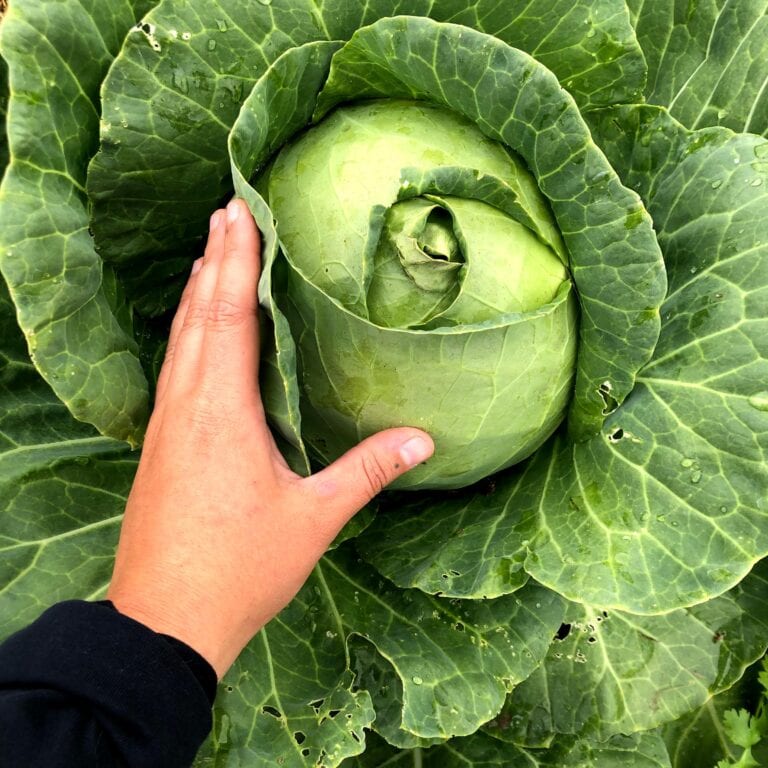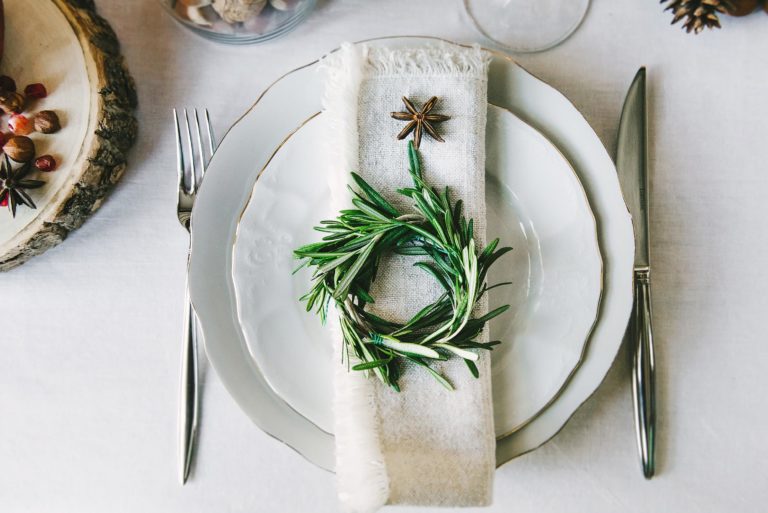Bright red maple, yellow elm, and orange oak leaves have long drawn autumnal visitors to the Pine Tree State. Peak foliage season hits in late September in Aroostook County and cascades south along the coast and into western Maine by late October. In a tasty twist on ecotourism, the burgeoning Maine craft beer and shellfish aquaculture industries complement the scenery with Belgian saisons, interesting IPAs, and hearty porters, and stouts and briny, sweet, plump oysters, respectively.
The real ales are brewed to reflect the terroir of Maine farmland while the Eastern oysters sport the merroir of the clean waters flowing around the state’s 3500-plus miles of coastline. Connoisseurs say oysters taste best when pulled from the water in the fall because they, in preparation for a long winter’s nap, are plump with fat and sugar stores. Autumn is also when seasonal brews like Allagash’s Ghlouschip, a wild-yeast pumpkin ale made in an open vessel called a Coolship; Mast Landings’ not-too sweet peanut butter stout; Rising Tide’s Calcutta Cutter, a hop-forward imperial IPS; and, Sebago Brewing’s Bonfire Rye, a hoppy brown ale made from spicy rye berries start to flow out of tasting room taps.
Craft breweries in Maine number 165 at last count. The Maine Brewers Guild (mainebrewersguild.org) map shows many clustered in the Portland area and more dotting scenic Coastal Route 1 from Tributary Brewing in Kittery 200 miles northeast to Fogtown Brewing in Ellsworth. But there are others located in almost every part of the state from First Mile Brewing in Fort Kent at the Canadian border to Lubec Brewing in the east, and Saco River Brewing in Fryberg near the New Hampshire state line. The guild incentivizes beer lovers to check into breweries’ indoor and/or outdoor tasting rooms using its beertrail.me site. Visiting 25 gets you a hat, hitting 50 earns a t-shirt.
More than 150 farms produce unique-tasting oysters depending on the micro-environment – like a certain bay or estuary — in which they grow because the flavor profile varies based on the salinity and temperature of water, the mineral content of the underlying mud, and the plant life that grows around them.
The Maine Oyster Trail (maineoystertrail.com) is an interactive guide that helps oyster lovers find farm tours and opportunities to buy directly from farmers along the coast. Many farms offer tours until Indigenous Peoples Day and sell oysters well into December.
Enjoying Maine beer and oysters together can entail bringing a four-pack of your favorite brew on a farm tour, cracking one open as you learn to shuck an oyster just pulled from the water. In reverse, you can bring a dozen oysters (and a shucking tool) to a brewery that allows outside food (most do).
But if you want to experience a variety of Maine oysters with a choice of Maine beers, head to a growing number of oyster bars. Those with longstanding reputations for Maine beer and oysters pairing include Boone’s Fish House & Oyster Room, Eventide Oyster Co., Maine Oyster Co., and Scales, all in Portland, the King Eider Pub in Damariscotta, and Mine Oyster in Boothbay Harbor. Raw bars more recently opened to suit the growing appetite for Maine oysters include SoPo Seafood in South Portland, Helm Oyster Bar and Bistro in Portland, Freeport Oyster bar in Freeport, Oysthers Raw Bar and Bubbly in Bath, The Shuck Station in Damariscotta, Jolie Rogers Raw Bar in Wiscasset, and Brix and Brine in Rockland.
Whether you choose to take your oysters or beer alone or in pairs, bottoms up.


